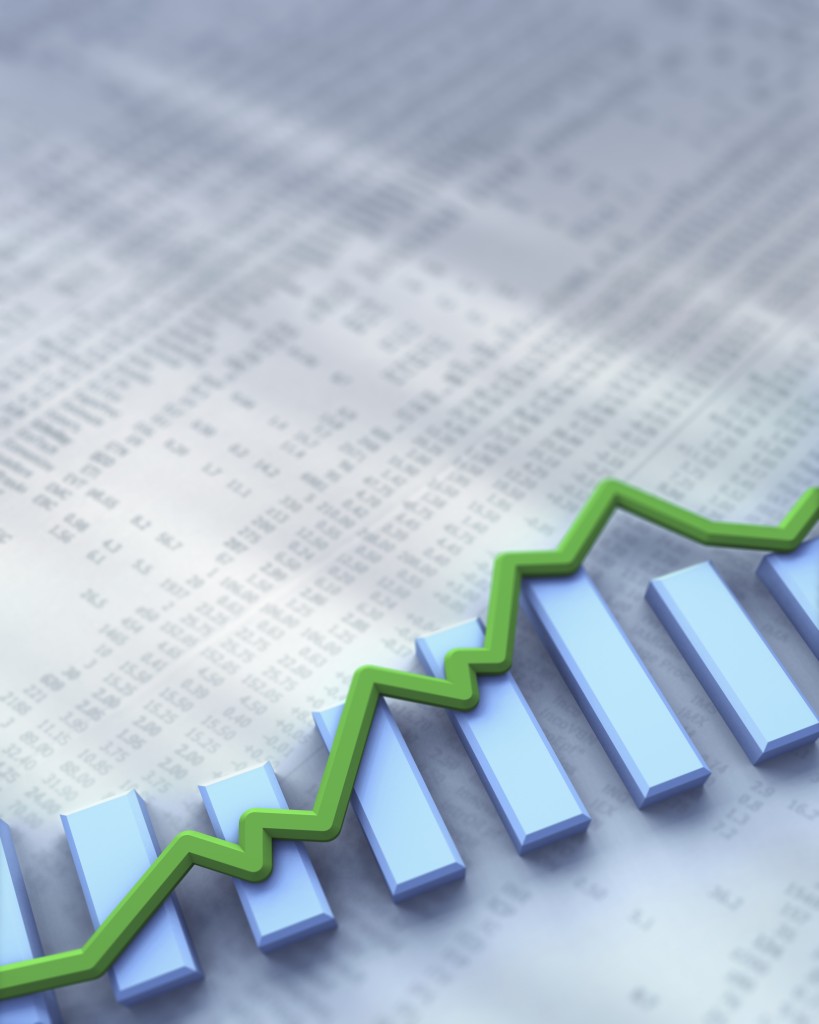Consistently beating the market is overrated
Even phenomenal investors like Warren Buffett have off years
Advertisement
Even phenomenal investors like Warren Buffett have off years

| Name | Price | P/B | P/E | Earnings Yield | Dividend Yield |
|---|---|---|---|---|---|
| BCE (BCE) | $53.38 | 4.1 | 17.91 | 5.58% | 4.87% |
| CIBC (CM) | $92.65 | 2.01 | 12.76 | 7.84% | 4.58% |
| Potash Corp (POT) | $42.52 | 3.46 | 21.03 | 4.76% | 4.56% |
| Rogers (RCI.B) | $43.62 | 4.1 | 16.71 | 5.98% | 4.40% |
| National Bank (NA) | $46.31 | 1.76 | 10.6 | 9.44% | 4.32% |
| Bank of Nova Scotia (BNS) | $63.78 | 1.65 | 11.15 | 8.97% | 4.26% |
| Bank of Montreal (BMO) | $76.81 | 1.45 | 12.13 | 8.24% | 4.17% |
| Royal Bank of Canada (RY) | $76.27 | 2.14 | 12.13 | 8.25% | 4.04% |
| TransCanada (TRP) | $54.37 | 2.29 | 22.1 | 4.52% | 3.83% |
| TELUS (T) | $42.24 | 3.45 | 18.21 | 5.49% | 3.79% |
Share this article Share on Facebook Share on Twitter Share on Linkedin Share on Reddit Share on Email